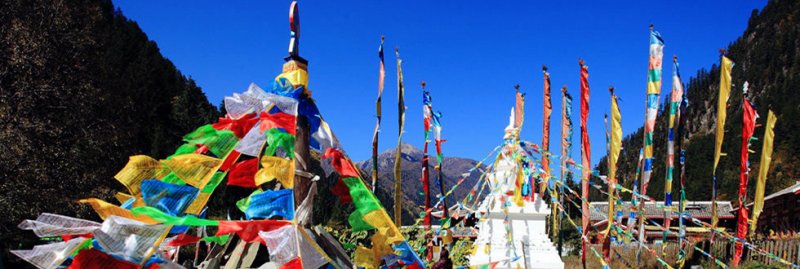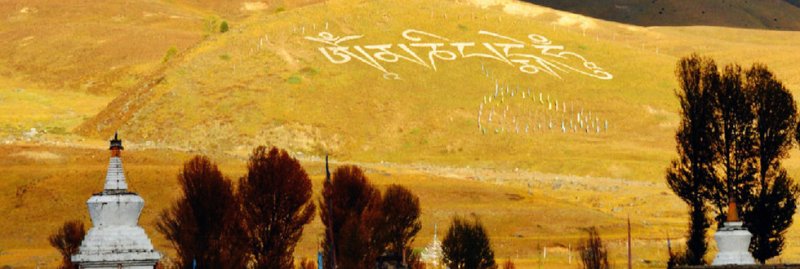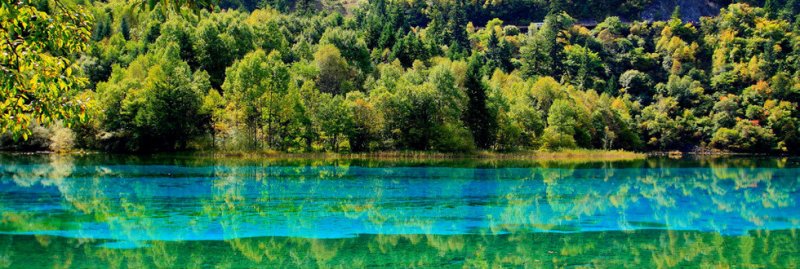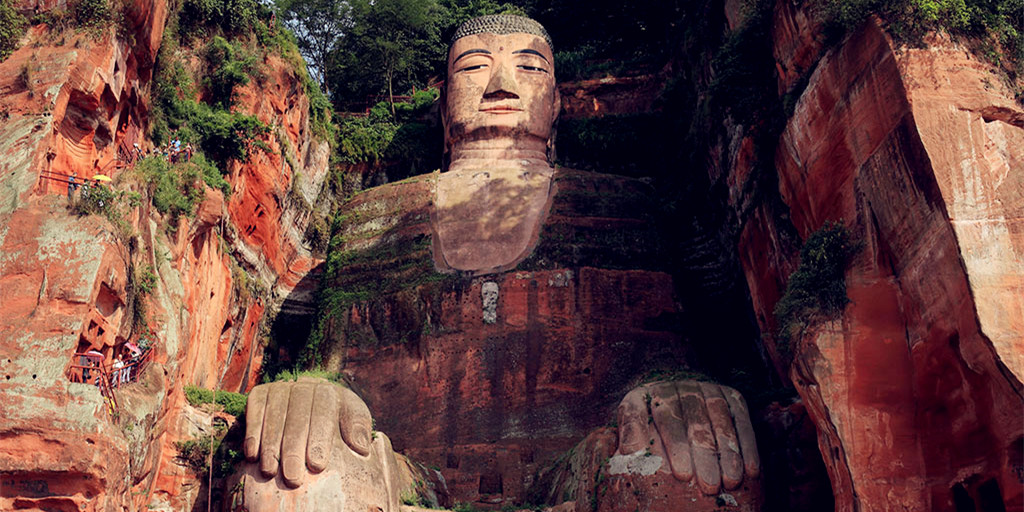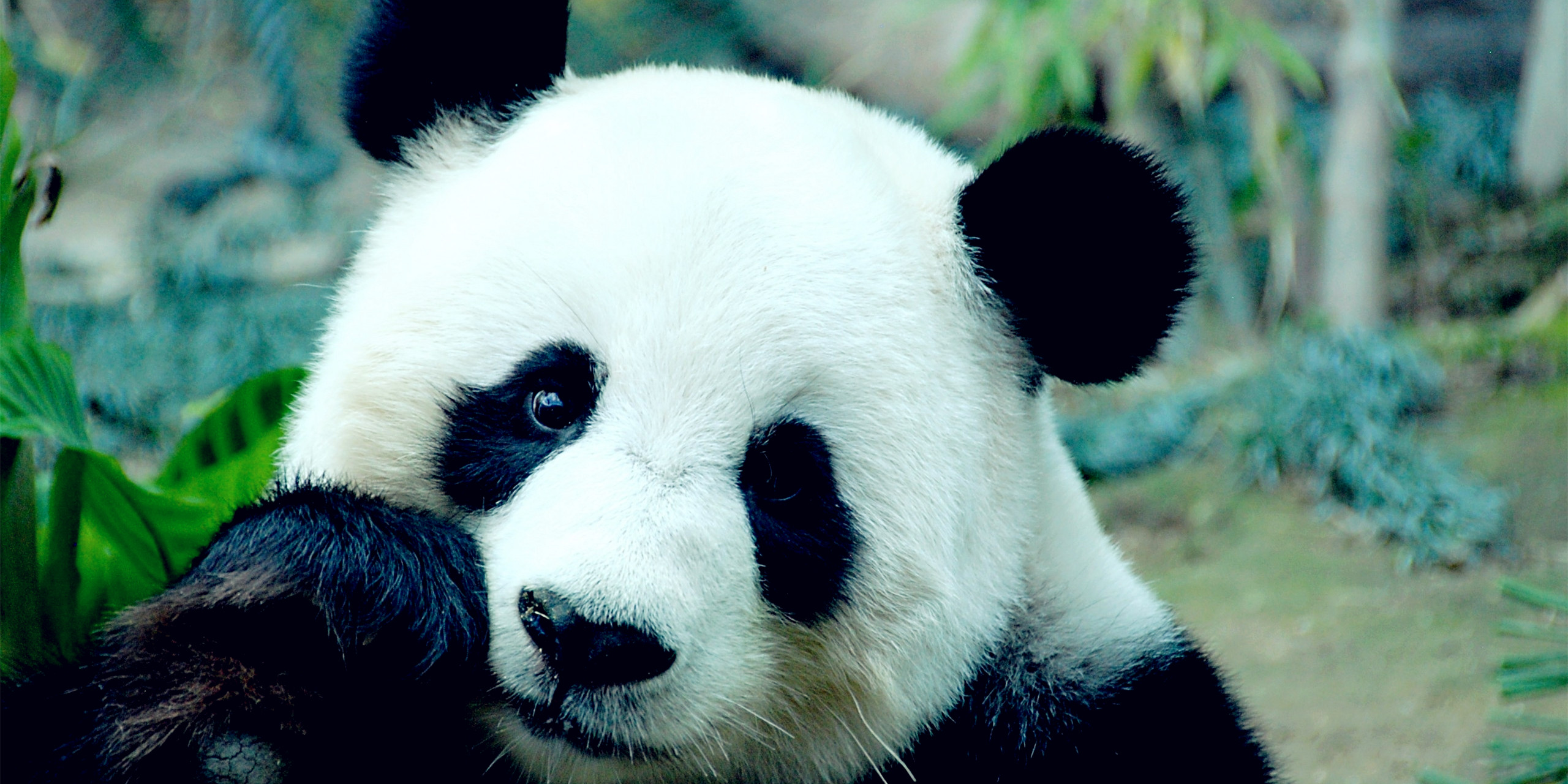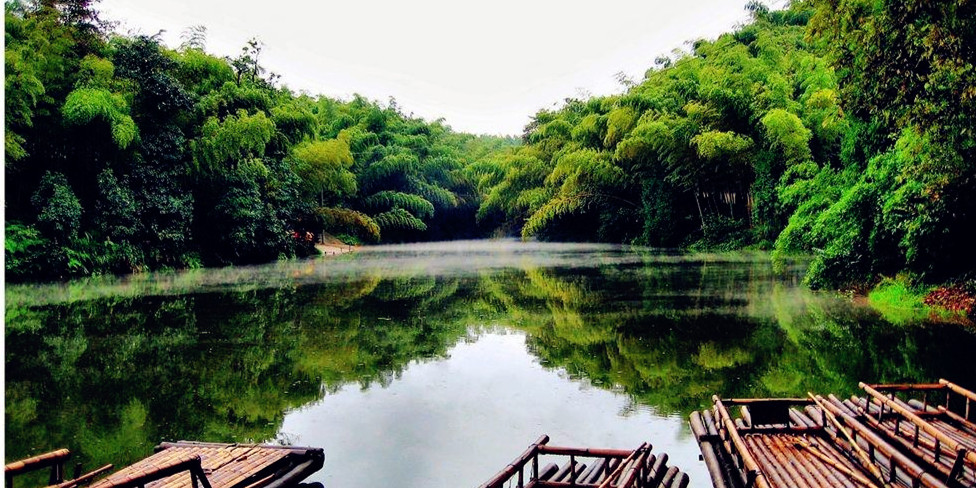There is a saying that Sichuan is a place where the young don’t come and the old don’t leave. Sichuan, a travelling paradise for many toursits, has its own beauty in each four seasons. The Chinese often refer to Sichuan as the Heavenly Kingdom(Tianfu Zhiguo),a reference to the province ‘s abundance in natural resources and cultural heritage.Its name ,’Four Rivers’,refers tjo four of the more than 80 mighty rivers spilling across the Chuanxi plain in the east.
Sichuan is the largest province in the south-west, with a population displaying as much diversity as its landscape.While the east supports one of the densest rural populaion in the world, the west rises in giant steps to the Tibetan plateau, where green tea becomes butter tea and Confucianism yields to Buddhism.These windswept grasslands and deep forests are home to the Qiang and Tibetans.
Population: 109 million
Area: 488,000 sq km
Sichuan province (Chinese name: 四川)
Main Atrractions
Jiuzhaigou
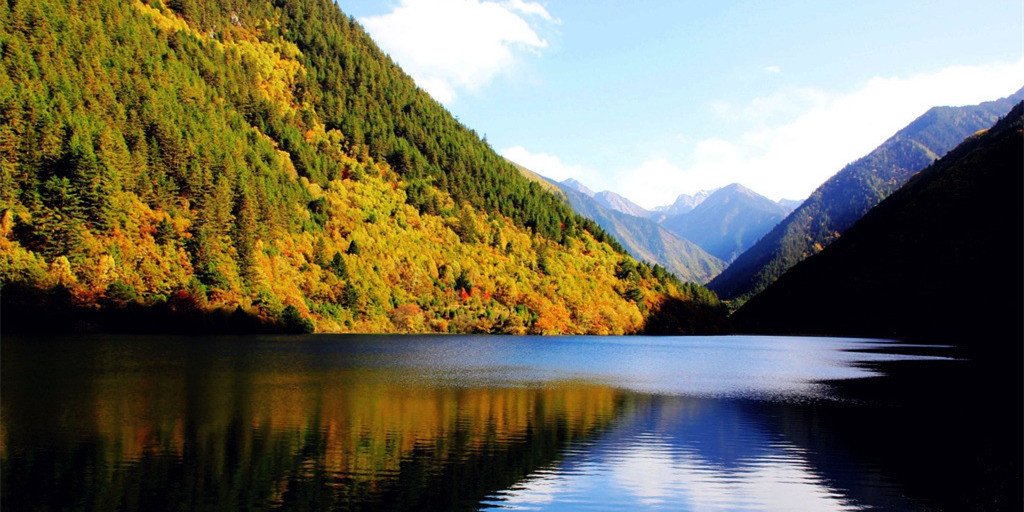
Jiuzhaigou valley is dominated by three drainages, Rize and Zechawa streams which flow from south to north, meeting at the centre of the site to form the Shuzheng which drops 1,000m to the north end of the reserve. There it meets the Zharu stream flowing north-west from the eastern boundary to form the Jiuzhaigou river, one of the sources of the Jialing river, part of the Yangtze River system.>>More
Huanglong
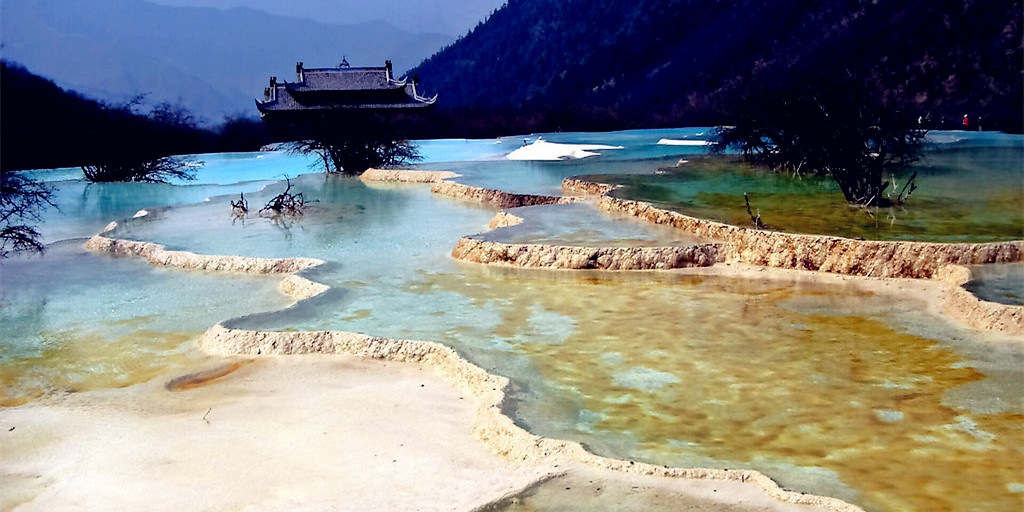
Huanglong Scenic and Historic Interest Area,lies in the middle part of Min Mountain in Song Fan Country, Sichuan Province, southest China, where the source of Min River and Tuo River come from.It comprises the Core Scenery of Huanglong,peripheral spots of Danyun Gorges, Snow Treasure Peak,Snow Mountain Ridge,Hongxing Rock, Munigou and West Gully.>>More
Three Gorge
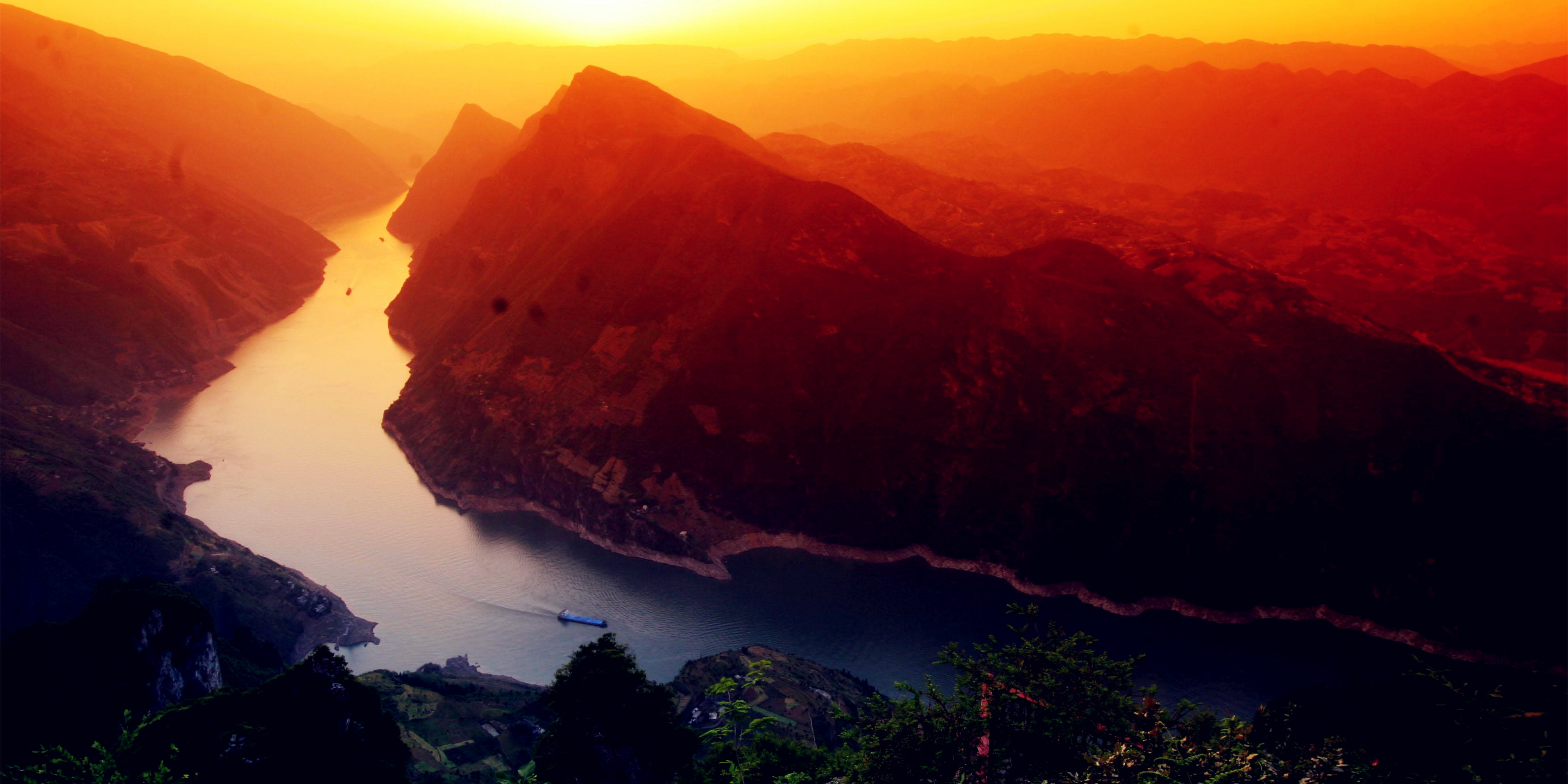
The Yangtze Three Gorges, one of the ten most famous tour sites of China, proundly stands at the top of best 40 in China’s hottest scenic spots. Meanwhile, it also enjoys the reputation for one of the best 35 China’s king scenic spots and 16 special touring routes. Your step into Yichang will take you to the greatest paintings of elegant Three Gorges gallery.>>More
Dujiangyan
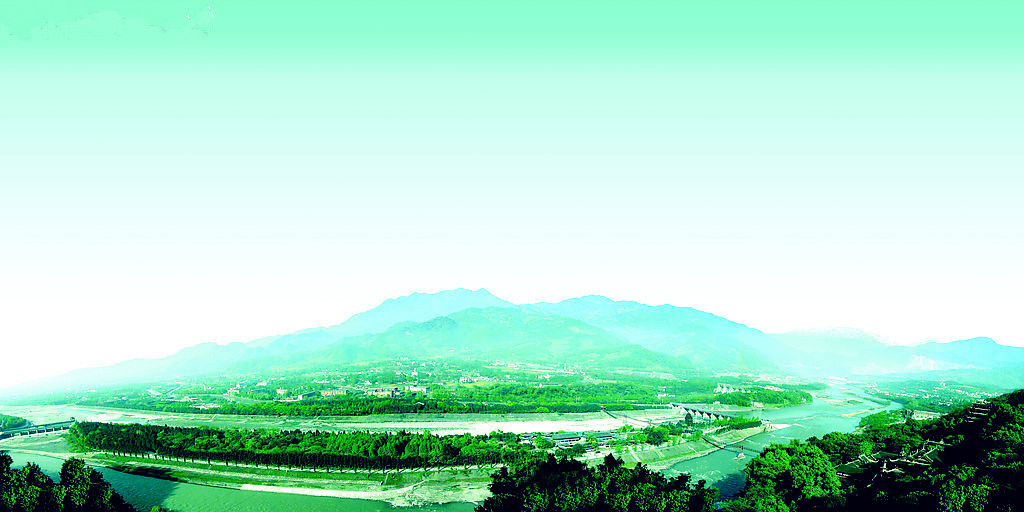
The Dujiangyan Irrigation Project is long-established water conservation works. It is 56 kilometers (34.8miles) west of Chengdu at Dujiangyan city lying in the middle reach of Minjiang River, which is the longest tributary of Yangtze River.>>More
Mountain Emei
Mt. Emei is located in Leshan City, Sichuan Province. It is towering, beautiful, old and mysterious. Mt. Emei is like a huge green screen standing in the southwest of the Chengdu Plain. Looking its winding and beautiful figure, you will find that it resembles an eyebrow of a girl. It is the highest one among all the famous sight-seeing mountains in China.>>More
Leshan Buddha
Leshan Giant Buddha, the largest stone sculpture of Buddha in the world, sits at the confluence of the Minjiang, Dadu and Qingyi rivers.>>More
Panda Tour
The Giant Panda is one of the scarcest animals. the number of pandas is increasing year by year. there are now so many pandas that some are being sent to other countries so that people there can enjoy them. Nowadays, the biggest nature park for panda in China is in Sichuan. If you want to have a tour to the Chinese pandas, you can visit Dujiangyan Panda Valley, Wolong Pandas Reserve, and Panda Breeding Research Center.
Shunan Forest
The south Sichuan Bamboo Sea is a ” China’s National Scenic Spot”, one of the ”40 Best Tourist Attractions”. It locates in the southwest Liantian Mountains which border the Changning County and Jiangan County of Yibin City. The place seems like a misty vast green sea..>>More
History of Sichuan
Twenty-three hundred years ago a Shu Emperor named Kaiming IX moved his capital slightly east and named the new town Chengdu (meaning, ‘becoming a city’) in hopes that it would one day be a metropolis. Chengdu has remained Sichuan’s capital ever since. More>>
Foodie’s Paradise in Sichuan
Szechuan Style outstands in Chinese Cuisine for spicy and pungency, and is internationally famous and widely accepted throughout the world.Are you hungry now? Let’s go for a Szechuan dinner!>>More
